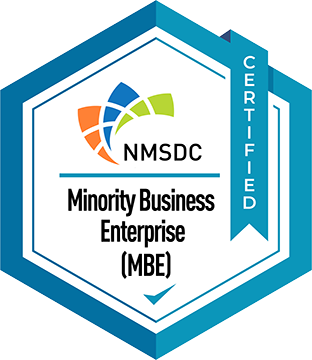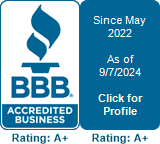The course consists of two modules, both with interactive comprehension and review activities. The information is fully reviewable: after completing a slide, a participant can revisit it at any time. The course concludes with a final review, an exam, and a certificate upon completion and a passing exam result.
Each module consists of a mix of informational slides, including those in interactive and lecture formats. This engages participants and encourages broad application of the material. The variety of different slides is not only visually appealing: it’s designed to target different learning styles. The course is also fully voiced, further encouraging retention.
Course Topics
After giving you a firm foundation in your knowledge of the role of an interpreter, we’ll cover additional topics, including:
- The different levels of qualification in the interpreting industry: We’ll discuss different types of interpreters, helping you decide which best suits your needs.
- The hiring process for foreign language interpreters: You’ll have a brief overview of the hiring process for a foreign language interpreter. This includes information about how to choose a language-services company.
- How an interpreting appointment works: From start to finish, you’ll know what to expect from your interpreting session.
- How to properly request an interpreter: This section is designed to teach you how to request the right kind of interpreter to fit your needs.
- Best practices for working with interpreters: Working comfortably with interpreters is a skill that takes practice to hone. We’ll jump-start that skillset with tips for working with your interpreters most efficiently and appropriately.
Duration and Format
Working with Interpreters in a professional setting is timed for forty-five minutes. The course is accessible from our eLearning platform. As it’s streamed entirely online, it requires no downloads or special permissions. It’s available for independent contractors, employers, and anyone who would like to learn more about working with interpreters.
As an employer, there’s another advantage to using our system: you’re able to track your employees’ progress and completion rates. If you’re working as an independent contractor, you can access your account any time and see your status. Registration also includes full access to our course catalogue and resources.
The information is updated regularly to meet current
standards. Courses can be taken within one year of purchase. After one year, if
the course has not been completed, the program will be eliminated from the trainee’s
dashboard. Certificates are accessible at any time. Our eLearning courses are easily accessible from your mobile device.
If you’re working with an organization, Working with Interpreters in a Professional Setting is further customizable to fit your team’s needs. Please feel free to contact us with any questions or for more information.



